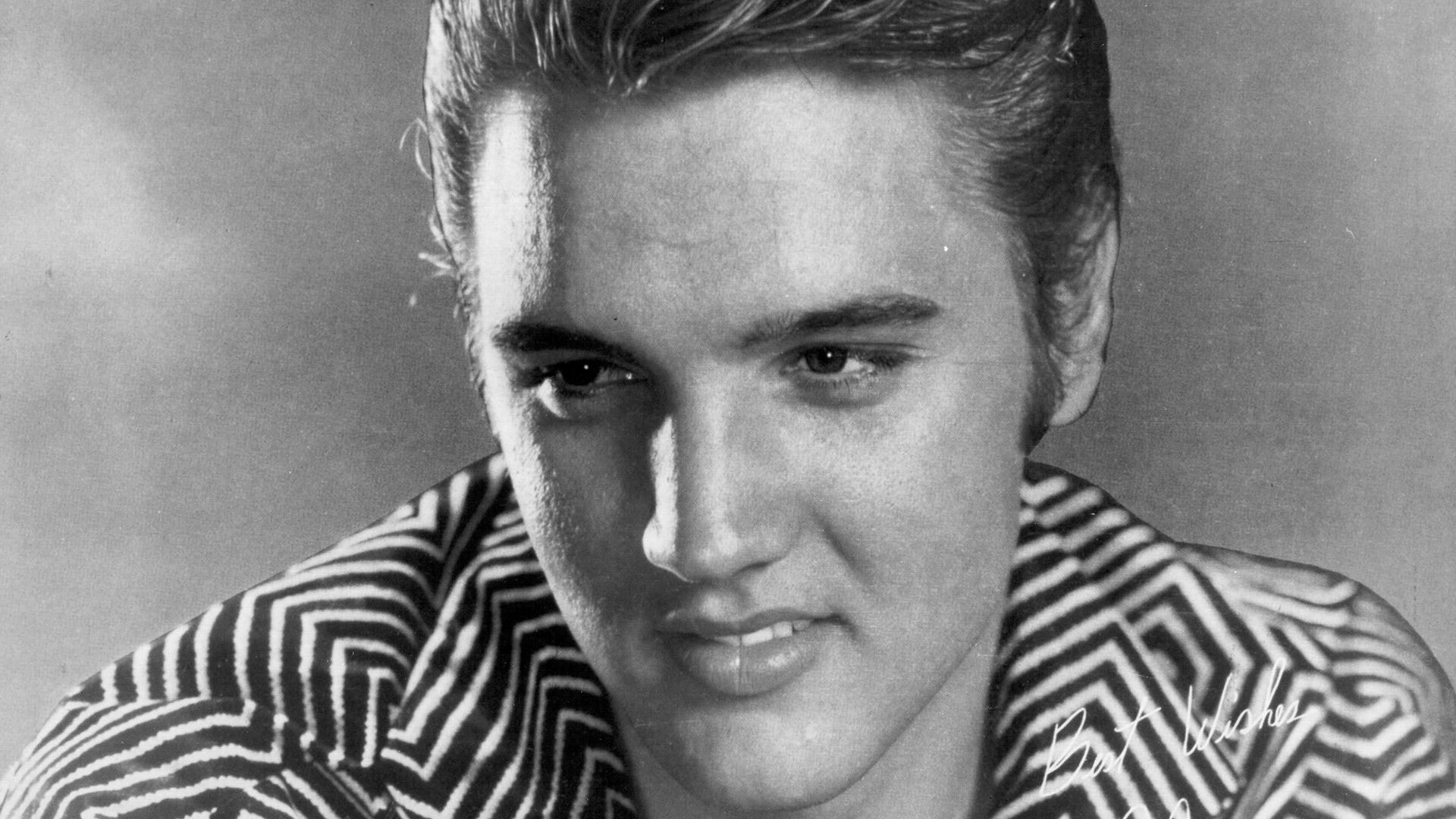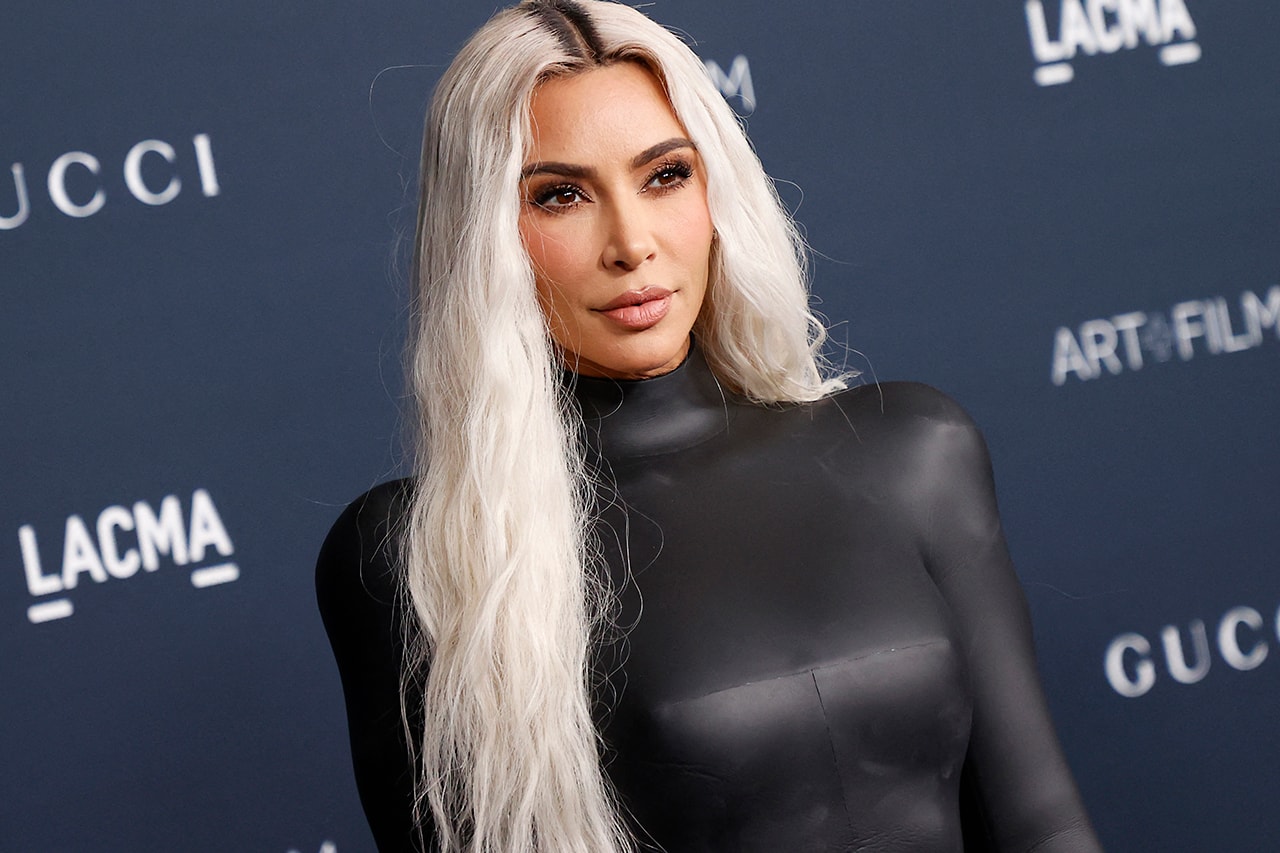Sexuality is a complex and multifaceted aspect of human life, and one way that people express and explore it is through the concept of sex symbols. A sex symbol is a person or character who is widely considered to be sexually attractive and often represents a certain ideal of sexuality. Sex symbols can be real or fictional, male or female, human or non-human, and can vary across different cultures, eras, and contexts. Sex symbols can also have a significant impact on society, as they can shape people’s perceptions, preferences, and behaviours regarding sex and gender.
But what exactly makes someone a sex symbol? How did this concept originate and evolve over time? And who are some of the most famous sex symbols in history and culture? In this article, we will explore these questions and more, as we delve into the meaning and history of the term sex symbol.
Definition of a Sex Symbol
A sex symbol is a person or character who is widely considered to be sexually attractive and often represents a certain ideal of sexuality. A sex symbol can be male or female, real or fictional, human or non-human, and can vary depending on the cultural and historical context. A sex symbol can also be a symbol of the emancipation, expression, or oppression of sexuality, depending on the perspective.
Examples of Sex Symbols
Some of the most famous sex symbols in history and culture include:
- Marilyn Monroe, the blonde bombshell of Hollywood who starred in films such as Gentlemen Prefer Blondes and Some Like It Hot. She is often regarded as the epitome of glamour, femininity, and sex appeal.
- Elvis Presley, the King of Rock and Roll who revolutionised music and culture with his charismatic voice, dance moves, and style. He is often seen as the symbol of youth, rebellion, and sexuality.
- James Bond, the fictional British spy who is known for his suave, sophisticated, and seductive
The origin of the term sex symbol
The term sex symbol was first used between the 1910s and 1920s to describe the first emerging film stars of the era. Movie studios relied heavily on the looks and sex appeal of their actors to be able to attract audiences, especially during the silent film era, when visual cues were more important than dialogue. Some of the earliest sex symbols in cinema were actors such as Theda Bara, Rudolph Valentino, Clara Bow, and Greta Garbo, who embodied different aspects of sexuality, such as exoticism, romance, innocence, and sophistication.
The use of the term sex symbol increased during World War II when many people sought escapism and entertainment in the midst of the global conflict. Some of the sex symbols of this period were actors such as Betty Grable, Rita Hayworth, Humphrey Bogart, and Errol Flynn, who appealed to the fantasies and desires of the war-weary public.
The evolution of sex symbols in the 20th century
In the 20th century, sex symbols were influenced by various social and cultural factors, such as the sexual revolution, feminism, LGBTQ+ movements, and media representations. Some of the trends and changes that affected sex symbols in this century were:
- The rise of the blonde bombshell: In the 1950s, actresses such as Marilyn Monroe, Jayne Mansfield, and Brigitte Bardot popularised the image of the blonde bombshell, a sex symbol who combined voluptuous curves, platinum blonde hair, and a playful personality. These actresses challenged the conservative norms of the post-war era and embraced their sexuality and sensuality.
- The emergence of the bad boy: In the same decade, actors such as James Dean, Marlon Brando, and Elvis Presley epitomised the image of the bad boy, a sex symbol who rebelled against authority, displayed a rebellious attitude, and exuded a raw sexuality. These actors appealed to the youth culture of the 1950s, who were dissatisfied with the conformity and repression of the mainstream society.
- The impact of the sexual revolution: In the 1960s and 1970s, the sexual revolution, which was a social movement that advocated for sexual freedom, experimentation, and diversity, had a profound impact on sex symbols. Some of the sex symbols of this era were actors such as Jane Fonda, Raquel Welch, Sidney Poitier, and Paul Newman, who represented different aspects of the sexual revolution, such as feminism, eroticism, racial diversity, and social activism.
- The influence of Queer culture: In the same period, Queer culture, which was a subculture that celebrated the diversity and expression of sexual and gender identities, also influenced sex symbols. Some of the sex symbols of this culture were performers such as David Bowie, Freddie Mercury, Cher, and Madonna, who experimented with androgyny, bisexuality, drag, and camp, becoming iconic figures in their own right.
These trends demonstrate how sex symbols evolved in tandem with broader societal changes, reflecting shifting attitudes towards sexuality, gender, and identity throughout the 20th century.
The diversity of sex symbols in the 21st century
In the 21st century, sex symbols have become more diverse and inclusive, reflecting the changing values and preferences of society. Some of the factors that have contributed to this diversity are:
- The rise of social media: Social media platforms such as Instagram, YouTube, and TikTok have enabled people to showcase their beauty, talent, and personality to a global audience, creating new opportunities for fame and recognition. Some of the sex symbols who have emerged from social media are influencers such as Kim Kardashian, Cristiano Ronaldo, Zendaya, and Shawn Mendes, who have amassed millions of followers and fans with their captivating content.
- The representation of different cultures: The 21st century has also seen an increase in the representation of different cultures and ethnicities in the media, especially in Hollywood, which has traditionally been dominated by white actors. Some of the sex symbols who have represented the diversity of cultures are actors such as Lupita Nyong’o, Priyanka Chopra, Idris Elba, and Rami Malek, who have brought their unique backgrounds and perspectives to the screen.
- The acceptance of different body types: The 21st century has also witnessed a shift in the standards of beauty and attractiveness, as people have become more accepting and appreciative of different body types and shapes. Some of the sex symbols who have challenged the conventional norms of beauty are models such as Ashley Graham, Winnie Harlow, Tess Holliday, and Lizzo, who have embraced their curves, scars, and sizes with confidence and pride.
Conclusion
Sex symbols are people or characters who are widely considered to be sexually attractive and often represent a certain ideal of sexuality. The term was first used in the early 20th century to describe the film stars who captivated audiences with their looks and charisma. Since then, sex symbols have been influenced by various social and cultural factors, such as the sexual revolution, feminism, LGBTQ+ movements, and media representations. In the 21st century, sex symbols have become more diverse and inclusive, reflecting the changing values and preferences of society. Sex symbols can have a significant impact on society, as they can shape people’s perceptions, preferences, and behaviours regarding sex and gender.















